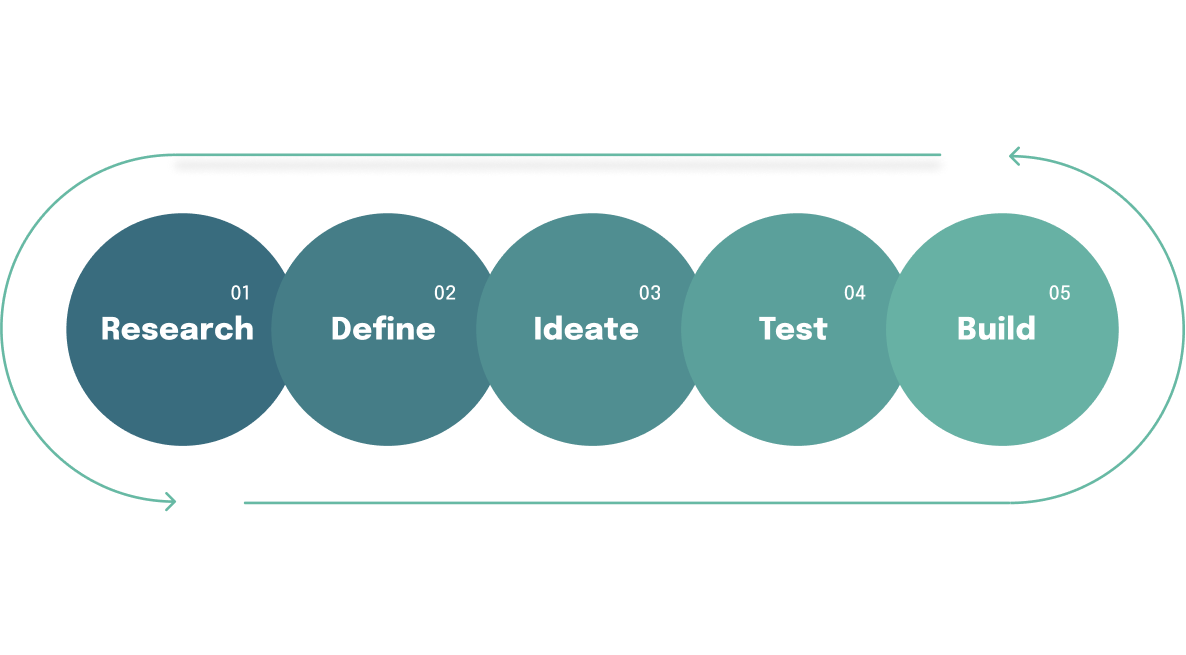There are several key design considerations (UX/UI) that must be taken into account when developing web3 applications, some of the most important of which include:
Usability: web3 applications should be easy for users to use and understand, with an intuitive interface and clear workflow.
Trust and security: When dealing with valuable digital assets, trust and security are critical factors in web3 application design. It is important to ensure that users understand how their information and assets are protected.
Accessibility: It is important that web3 applications are accessible to everyone, including people with visual and hearing disabilities.
Scalability: Web3 applications must be scalable to accommodate increasing user and transaction demand.
Interoperability: web3 applications must be compatible with different platforms and blockchain technologies to enable a consistent and seamless experience for users.
Customization: It is important to offer customization options to suit individual user preferences, such as currency selection and date and time format.
Transparency: Web applications3 should be transparent about how user data and assets are handled and stored.

